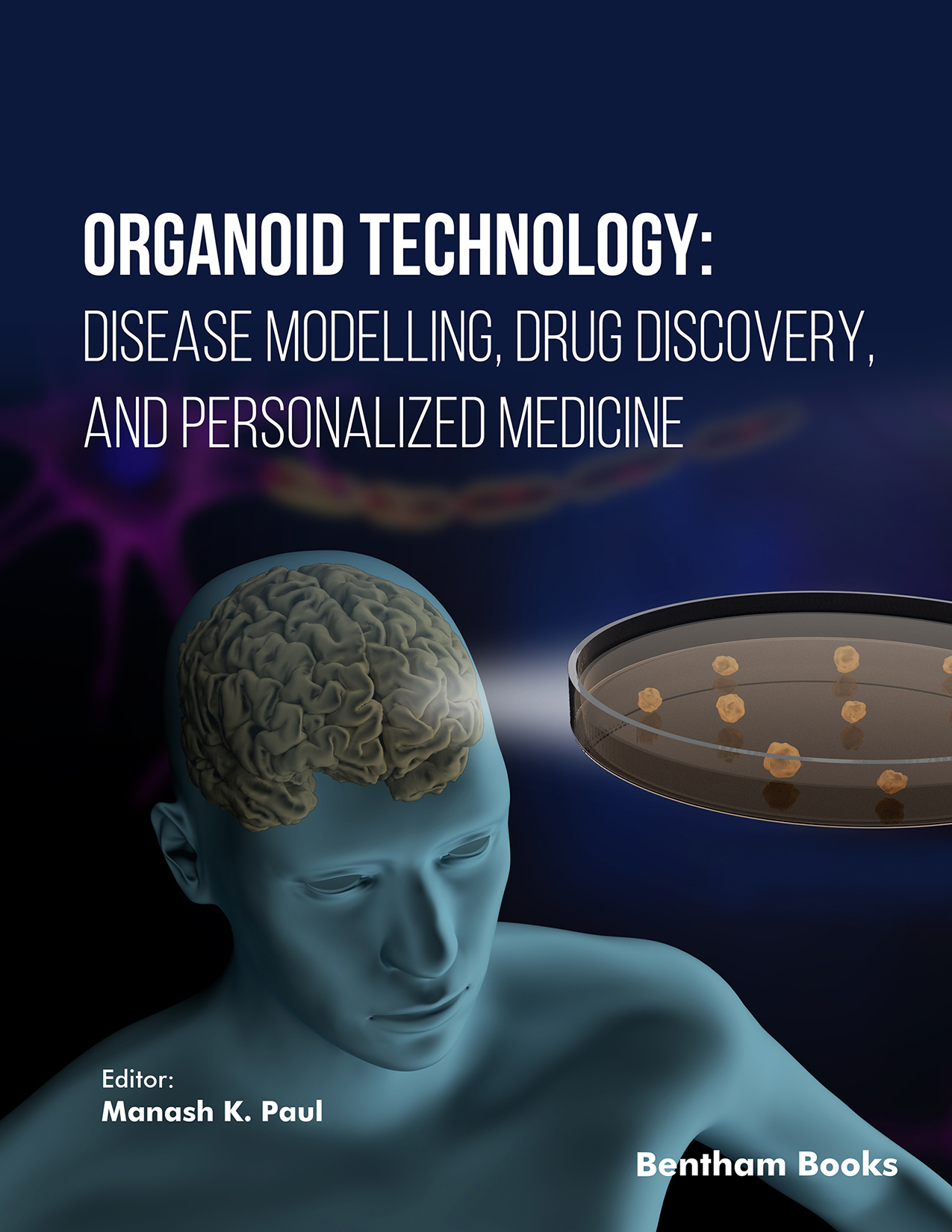Organoids are miniature in vitro 3D models that mimic the near-physiological structure and function of the respective tissues and organs. Organoid bioengineering is a transdisciplinary approach that uses stem cells' capacity to self-renew, differentiate into several lineages, and self-organize into organoids. Using organoid bioengineering, scientists have employed induced pluripotent stem cells (iPSCs), embryonic stem cells (ESCs), and tissue-resident adult stem cells (ASCs) to generate these tiny tissue replicas. Several research teams have developed endodermal, mesodermal, and ectodermal organoids by manipulating stem cells in vitro. Numerous organoids may now be created, including those of the kidney, brain, lung, colon, intestine, breast, retina, and liver. Given the gap between animal-based models and human disease pathology, a paradigm change was required to simulate human diseases accurately. The 3D human organoid platform provides an unmatched opportunity to develop better models and get a more profound knowledge of human pathophysiology. Organoids provide information on human disease-related processes, such as disease-specific signaling alterations, cell-cell interactions, therapeutic target identification, therapeutic screening, and discovery.
Organoid technology has been used to model diseases across different organ systems, drug screening, and regenerative medicine. Recent advances, including the development of the novel organoid platform, engineering organoid complexity, disease modeling, introducing pathological aspects together, and drug discovery, have provided a ray of hope for human-specific therapeutic discovery. Patient-derived tumor organoids may be created from individual patients, and biobank, and used for therapeutic screening and personalized treatment. Significant progress is made toward large-scale organoid production. Novel technologies like high-resolution 3D imaging, genome editing, hybrid culture techniques, single-cell transcriptomics, microfluidics, organ on a chip, 3D printing, nanotechnology, and other cutting-edge technologies facilitate the development of physiologically accurate human disease models.
Significant numbers of animal-based preclinical studies leading to human clinical trials fail due to safety or efficacy concerns, raising the question of whether animal experiments can truly aid in the development of effective therapies and at what cost. Numerous alternatives, such as in vitro human-specific 3D microphysiological systems such as organoids and microfluidic-based organs-on-a-chip that closely mimic human physiology and architecture, have enabled cutting-edge animal-free research. Although optimistic, these technologies have not yet attained their summit, and a complete substitution of animal-based experiments may take decades. Scientists believe that addressing the obstacles of appropriate validation, proper standards, development of protocols for large-scale production, funding, regulatory rules, and ethical issues may enhance the use of human biology-based models, thereby improving the lives of humans and animals. In an endeavor to reduce animal dependence, in late December 2022, President Joseph Biden signed a law that novel therapeutics no longer require animal experimentation. After eight decades of medication safety regulation, this long-awaited action could help end animal experimentation and make therapeutic interventions that are tangible and effective. The purpose of these chapters is to shed light on the developing resources
addressing the concepts of organoids and disease models, including cancer. This book focuses on organ-specific organoids and disease modeling.
Manash K. Paul
Department of Radiation Biology and Toxicology
Manipal School of Life Science
Manipal Academy of Higher Education
Manipal, Karnataka, 576104
India
Department of Pulmonary and Critical Care Medicine
University of California, Los Angeles (UCLA)
USA

